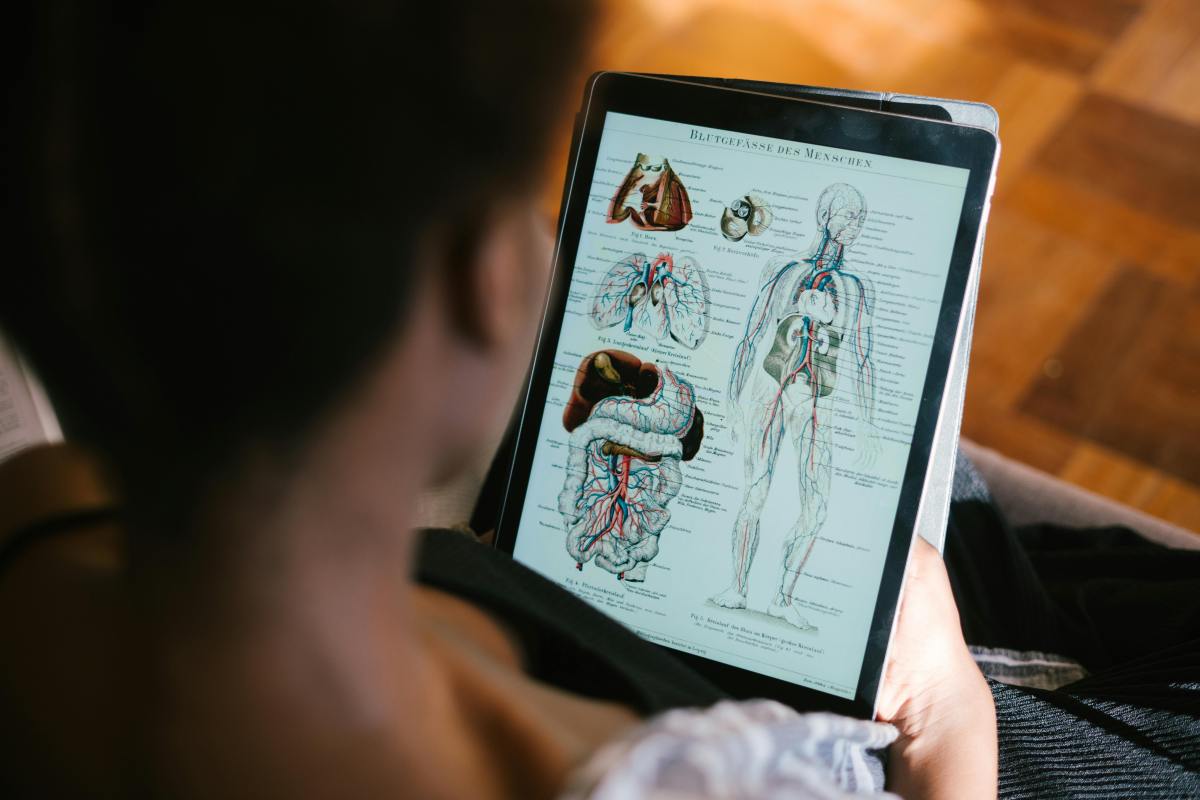Digital education transforms and improves the learning of the future, relying on three fundamental factors to be able to develop, according to the UN: the content offered by digital platforms, the capacity (of both teachers and students) and connectivity.
Digital education is becoming increasingly relevant for education as a whole, whose international day has been commemorated every 24 January since 2019, after having been approved the previous year by the General Assembly, one of the main bodies of the United Nations.
Digital divide and its types
The connectivity mentioned above is of great relevance if we talk about the types of digital divide, especially in the first of the cases we will see below.
Coverage divide
On the one hand, we are faced with the access or coverage divide, precisely that related to the possibility of accessing the Internet and digital resources and tools.
Telecommunications operators have achieved broadband coverage for 95% of the world as a whole, a significant progress that can be compared, for example, with the deployment of the electricity network, which reaches 91%.
A gap of 5% of the planet as a whole that maintains differences by region: for example, in Latin America it is 6% while in Europe it is a third of this figure, 2%.
In general terms, this gap is found in rural, remote or hard-to-reach areas.
Usage gap
Apart from the mere possibility of access, there is also a gap related to the ability to use technological tools, of which there are different subcategories such as rural-urban, generational, gender or disability.
It is in this type of digital divide that digital education has an impact by being able to increase the capabilities offered by technology regardless of whether one lives in a city or a town, is of any age or gender, or has a disability or not.
Digital education so that no one is left behind
Now that we have explained in some detail what the digital divide is after outlining the main characteristics of its different types, we can see how digital education helps to ensure that no one is left behind, something that we are going to exemplify in the specific case of ProFuturo.
An educational programme promoted by the Telefónica Foundation and the LaCaixa Foundation which, since its launch in 2016, has trained 1.7 million teachers, reaching almost five million girls and boys.
As Magdalena Brier, CEO of ProFuturo, explains, ‘education is the pillar on which progress is built. At ProFuturo, based on our innovative approach and our commitment, we have been ensuring that this pillar is strong and accessible to all in the places where we operate for eight years. Each story of learning and motivation reminds us that the future of education starts every day, and is a responsibility of the whole society, which is why we work with many public and private partners and constantly seek new support for this cause.
ProFuturo’s digital education impact
According to data from the ProFuturo 2023 Annual Survey, which evaluates different issues such as the development of digital and curricular competences, motivation or attention of students, it yields a number of interesting results:
- Three out of four teachers recognise that they have modified their educational activities with technology and digital resources.
- In terms of effort, motivation and attention, 95% of all students surveyed said that they make more effort thanks to the adoption of digital tools. Along these lines, four out of five teachers observe an improvement in both attention and discipline in class.
- Decrease in absenteeism. 91% of the students interviewed say that their motivation to attend has increased, an issue on which 83% of teachers agree, reporting a lower number of absences.
- Curricular and digital competences. Three out of four teachers report a significant improvement in both curricular and digital competences. Specifically, we are talking about 73% and 76% respectively.
All these data corroborate that the integration of technology in the classroom can serve to significantly enhance learning.
